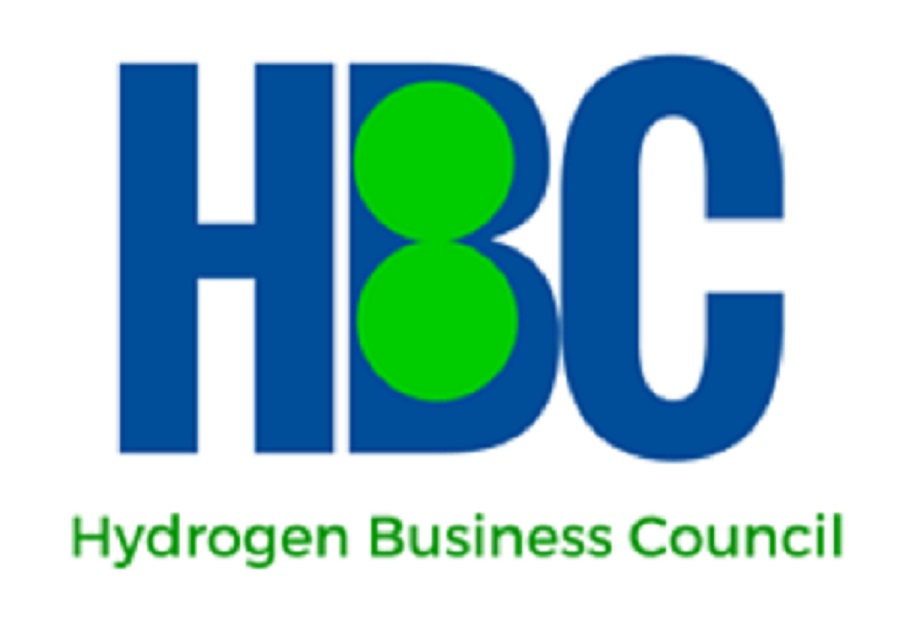Climate change is real and the world’s generation and use of energy is a real factor in its increasing impact. Hydrogen-enabled energy solutions can be integral and key components of addressing climate change, but only if it is supported by developing transformative projects that use ‘clean’ hydrogen and with enabling a low carbon and robust production infrastructure. To achieve this, a practical and scalable pathway for sustainability needs to include informed planning and investment in a strategic H2 infrastructure that can serve growing end-user demands. These end-user demands will take root in identified early-adopting applications and spread over time into wider, more mainstream, uses.
 Ontario is well-positioned to be a potential proto-cluster of hydrogen end users and the supporting infrastructure. This province can reduce carbon emissions substantially by transitioning to clean hydrogen as a source of transportation fuels and also industrial feedstocks. But this can also support and invigorate a ‘made in Ontario’ industrial strategy that rapidly builds out a self- sustaining cluster of manufacturers, developers and end users – while at the same time creating new jobs in a sunrise industry. The types of opportunities that fit with an Ontario context include but are not limited to: clean personal and public transportation, material handling and consumer goods delivery, grid-scale energy storage, feedstock for production of clean ammonia and other ‘greener’ products such as steel and cement, distributed energy systems, and community energy initiatives.
Ontario is well-positioned to be a potential proto-cluster of hydrogen end users and the supporting infrastructure. This province can reduce carbon emissions substantially by transitioning to clean hydrogen as a source of transportation fuels and also industrial feedstocks. But this can also support and invigorate a ‘made in Ontario’ industrial strategy that rapidly builds out a self- sustaining cluster of manufacturers, developers and end users – while at the same time creating new jobs in a sunrise industry. The types of opportunities that fit with an Ontario context include but are not limited to: clean personal and public transportation, material handling and consumer goods delivery, grid-scale energy storage, feedstock for production of clean ammonia and other ‘greener’ products such as steel and cement, distributed energy systems, and community energy initiatives.
Read here for a set of recommendations that were prepared by HBC in Jan 2021 for an Ontario Low Carbon H2 Strategy.
